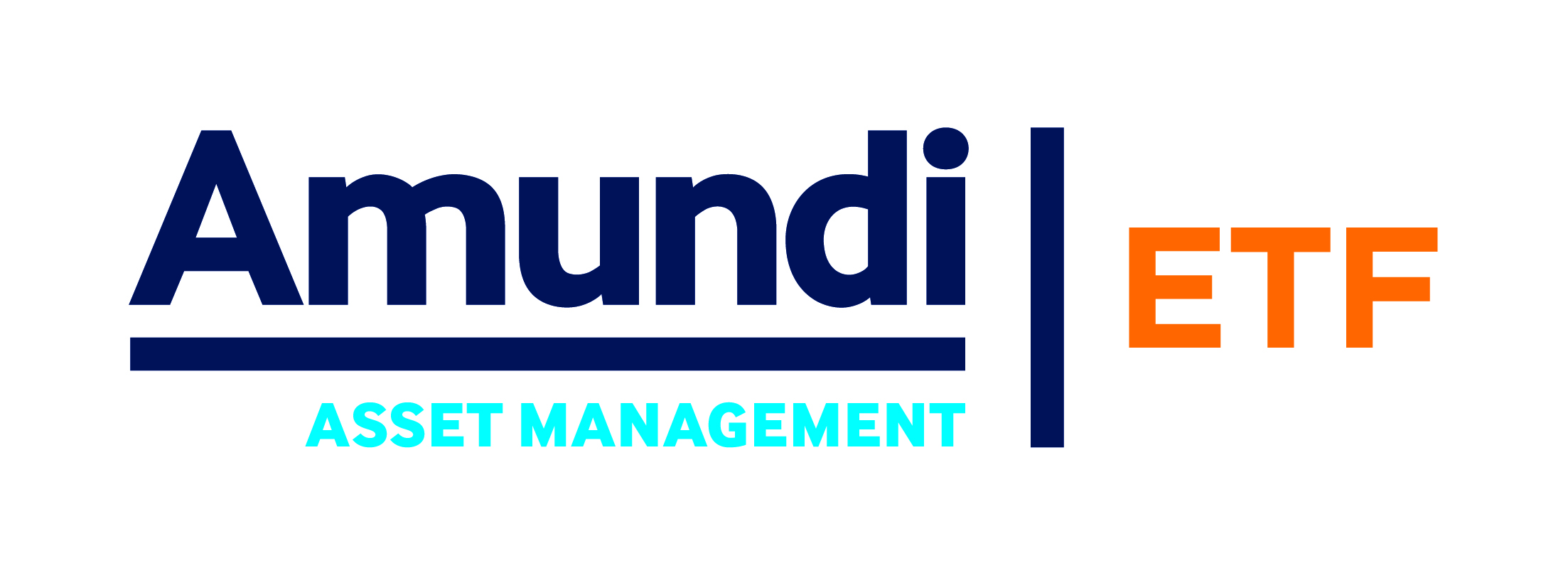Fixed income ETFs are back in vogue following a tumultuous 2022 as skyrocketing inflation and rising interest rates ripped through bond markets.
However, this year marks a fresh start for the asset class with investors getting increasingly excited about the prospect of incorporating bonds in their portfolios for the first time in over a decade.
Flows have been piling in over the past few months as a result, with investors still favouring short-duration ETFs on the back of attractive yields and a fear that inflation may remain sticker than anticipated.
For now, inflation looks to be trending downwards while signs monetary policy could be easing globally could mean we start to see more opportunities in the fixed income space.
A potential recession and a weakening US dollar also open different areas of the fixed income market and with more bond ETFs at investors’ disposal than ever before, choosing the right play could deliver a significant boost to portfolios.
With this in mind, ETF Stream has selected five bond ETFs that could outperform in 2023.
1. SPDR Bloomberg Emerging Markets Local Bond UCITS ETF (EMDD)
The economic backdrop of emerging markets has been improving in recent months as China commences its reopening, the US dollar weakens and developed markets’ central banks look to be easing interest rate hikes.
Demand for emerging market debt (EMD) has risen at the start of 2023 as a result, with investors feeling more comfortable taking the added risks associated with the region.
Furthermore, the weakening US dollar means local currency emerging market debt – offered by EMDD – is increasingly attractive. The ETF tracks the Bloomberg Emerging Markets Local Currency Liquid Government Bond index, and limits country exposure to 10%.
Emerging market countries placed almost $40bn in bonds in the first two weeks of the year, half the amount for the entirety 2022, on strong investor demand. EMDD posted inflows of $380m in January and was up 2.6% in the first month of the year on the improving outlook for emerging markets.
2. JPMorgan USD Ultra-Short Income UCITS ETF (JPST)
Short-duration bonds look to be the play of choice among investors who are still wary of rising interest rates and the risk of inflation double peaking. And with yields still looking attractive at the short end, with the yield curve remaining inverted, it is easy to see why.
JPST is currently yielding 5% with an average duration of three months, meaning investors do not have to lengthen their duration in a bid to find performance.
The ETF is an active strategy, which has allowed it to go shorter duration than it otherwise would have. It also attempts to outperform cash by 60 basis points (bps) over the course of a cycle, making an interesting cash replacement for portfolio.
3. iShares Core € Corp Bond UCITS ETF (IEAC)
IEAC has been a firm investor favourite so far in 2023 with investors piling in $1.6bn since the turn of the year, as at 2 February, the most of any ETFs listed in Europe, as they bet on falling inflation figures.
Lower inflation readings in both the US and Europe have boosted risk sentiment among investors while the prospect of a recession has already been priced into markets. A tilt towards investment grade credit is more likely to weather the storm.
The ETF tracks the Bloomberg Euro Corporate Bond index of 3,552 securities and is almost a third weighted towards the banking sector (31.5%), followed by consumer non-cyclical (14%) and consumer cyclical (8.3%).
With an effective duration of 4.66 years, IEAC has a 53% allocation to BBB-rated credit and 39.9% to A-rated bonds.
4. Lyxor US Curve Steepening 2-10 UCITS ETF (STPU)
Investors anticipating a recession and the subsequent cut in interest rates by the Fed may want to consider a yield curve-steepening ETF.
STPU, which tracks the Solactive USD Daily (x7) Steepener 2-10 index, is directly linked to changes in the US Treasury yield curve, outperforming when 10-year Treasury yields increase which causes the 2-10yr curve to steepen.
It does this by taking a long position in two-year US Treasury bond futures and a short position in the 10-year US Treasury bond futures. For example, a one basis point (bps) in the steepness of the curve will deliver a 7bps increase to the benchmark.
A yield curve inversion, which took place in March 2022, is considered one of the best indicators of a recession with US economy entering a recession around 12-18 months later. The curve has continued to invert and is now lower than at any point we have seen since the 1980s.
However, with many still sceptical about the direction of inflation, central banks cutting rates – and therefore causing 10-years to underperform – could feel a long way off.
5. Vanguard Global Aggregate Bond UCITS ETF GBP Hedged (VAGP)
With its vast exposure and low fees, there is almost always a reason to have some exposure to a global aggregate bond ETF in the portfolio.
Tracking the Barclays Global Aggregate Bond index, VAGP gives investors exposure to over 8,600 bonds made up of global government, corporate and securitised bonds, for a total expense ratio (TER) of 0.10%, helping to diversify an investor’s portfolio.
Investors may also choose to select the sterling-hedged version of the ETF given the currency edged towards a seven-month high versus the US dollar in late January.
However, investors who fear interest rates may yet go even higher, following hotter than anticipated US economic data, may wish to stay clear of the sterling-hedged share class if sentiment retreats.
This article was first published inFixed Income Unlocked: After The Storm, an ETF Stream report







